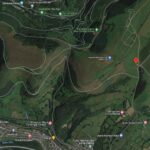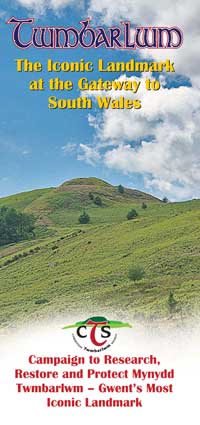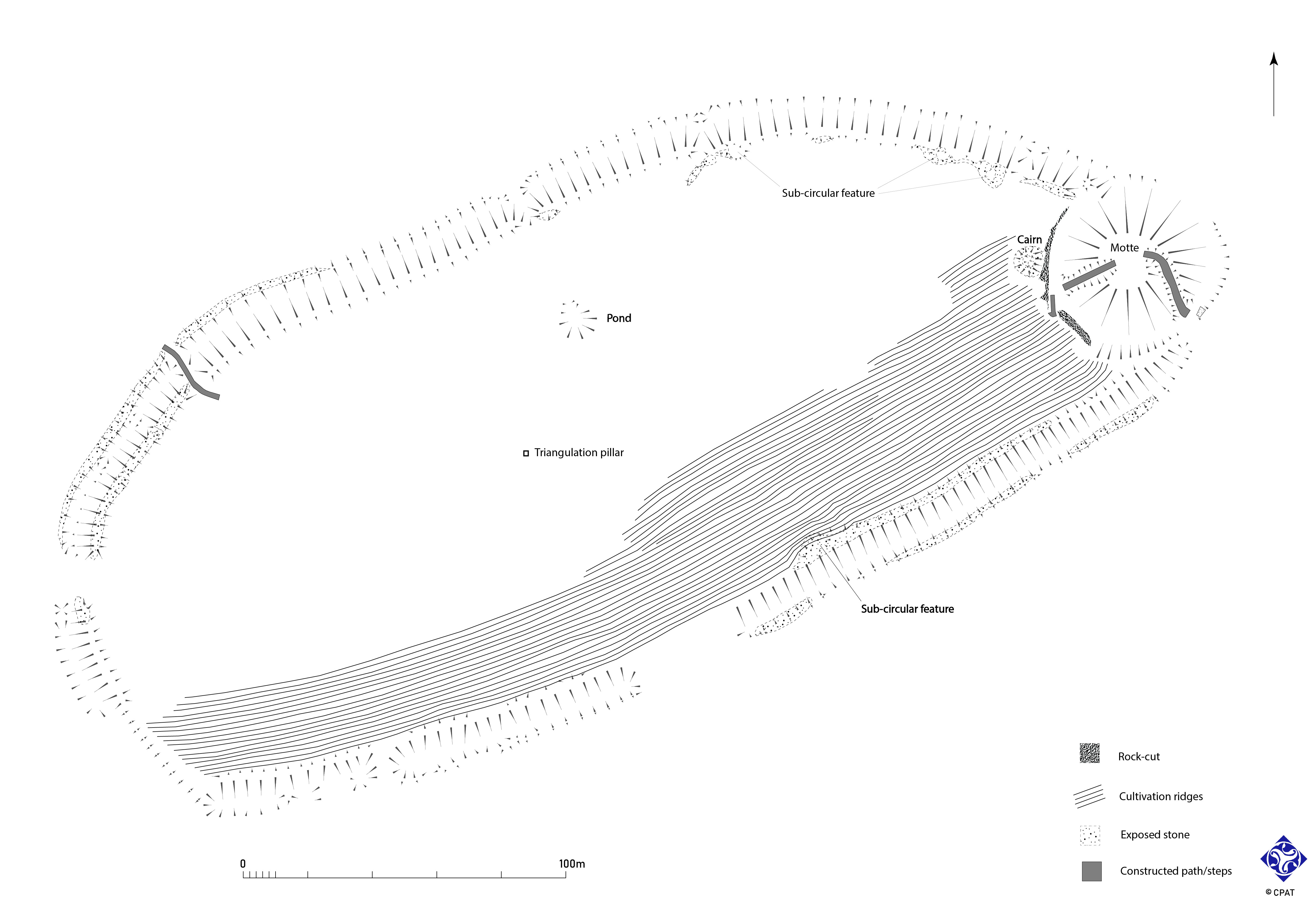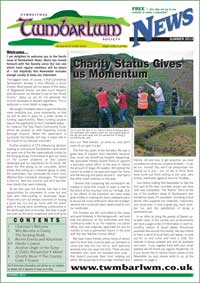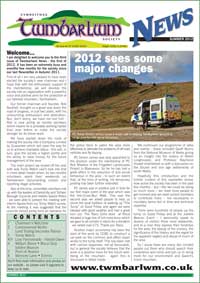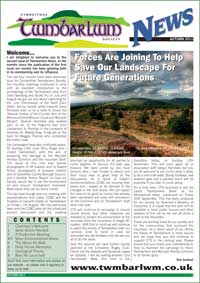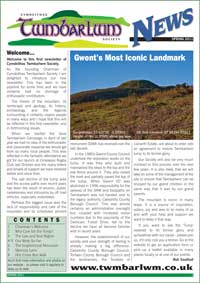Archaeologist’s First Impressions
Richard Hankinson MCIfA was the lead archaeologist representing CPAT and apart from walking the site and helping with the Geophys Survey was unable to progress his part of the project to any great extent – so we asked him to give his first impressions of the site – following is his reply:
Please find attached the plan of Twmbarlwm which I’d promised. Will has had a look and is happy with it so far, though I will need to take it out and check that everything is correct when we get back on site.
As promised, just a few words. Feel free to share with the Society if you want and if anyone does have any information they would like to share, please let me know.
Twmbarlwm was a monument that I hadn’t come across before CPAT became involved with the investigations there, though I had heard of the burning event from friends who were more familiar with the area. It seemed like a rare opportunity to investigate and hopefully shed some light on what is an iconic monument.
Sadly, the best laid plans hadn’t bargained for the weather we experienced in October 2019 and though we managed to get some work done, the excavations (and my personal journey) were out of the question. Never mind, it’s always good to have something to look forward to and I certainly am looking forward to visiting again and finishing our work when these strange times are over. Keep safe everyone and look after yourselves.
You asked for an “archaeological opinion” on my first impressions of Twmbarlwm! I’ve been doing this job for a long time now and the one thing you learn pretty quickly is that whatever you think at the start it will almost certainly be disproved by the work you do – especially in the case of a site as enigmatic as Twmbarlwm.
There are some preliminary thoughts I’ve had about the site which may guide my thinking, but it’s impossible to say what the truth of the matter is yet. Fingers crossed!
Anyway, I’ve come up with these thoughts to ponder as we await our return to normal life.
- The motte is the one thing that looks certain in all of this
- The cairn superficially seems authentic as a small number of edge-set stones are apparent on the side facing away from the motte which might form a kerb. However, its siting on the edge of the ditch surrounding the motte does lead to the possibility that it was constructed (or perhaps more likely reused) as an abutment for a bridge which spanned the ditch.
- The enclosure attached to the motte is very curious. It has an appearance more akin to a hillfort than a typical bailey, particularly its size which is much larger than might be expected if it were medieval. The apparent incompleteness of the defences on the opposite side to the motte looks authentic and there are other sections where the construction of the defences appears to have been prematurely halted. Whether this is medieval or earlier remains to be seen, but the implications for the site if we can put a date on the defences as a whole are significant.
- The ridge and furrow is very narrow and looks relatively late, though who knows? Unsurprisingly it respects a number of features, including the cairn, which demonstrates some evidence of a sequence of events ie that the enclosure, cairn and motte predate it. I’m not sure whether any information we can get from the excavations will help with dating, sadly.
Anyway, those are just a few thoughts for now and I’m quite prepared for things to be radically different when we’ve finished the work.
All the best
Richard

